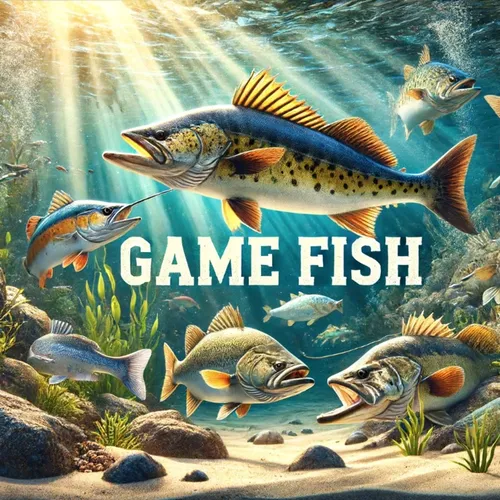Habitat Loss Threatens Waterfowl Populations Across the U.S.
- Author
- Quiet. Please
- Published
- Sat 06 Sep 2025
- Episode Link
- https://www.spreaker.com/episode/habitat-loss-threatens-waterfowl-populations-across-the-u-s--67657621
This week saw notable developments and ongoing trends in Game and Fish news across the United States. In Arkansas, waterfowl management remains in sharp focus following the release of the U.S. Fish and Wildlife Service’s annual Waterfowl Population Status report. The survey area, which encompasses Canada and the northern United States, estimates about thirty-four million ducks. While overall duck numbers, including mallards, have held steady compared to last year, Northern pintails posted a thirteen percent increase. However, blue-winged teal populations are still below the threshold required for a longer hunting season—meaning hunters can expect their early teal season to remain capped at nine days. The report also highlights a pronounced dip in available pond habitat, especially in the north-central states, with a thirty-four percent decrease compared to last year, attributed to persistent dry conditions. Such habitat contraction could become a long-term challenge for both wildlife managers and hunters, as it directly impacts breeding success and migratory patterns.
Responding to these trends, the Arkansas Game and Fish Commission moved to increase the daily bag limit for pintails to three for the 2025-26 hunting season, reflecting an evolving understanding of what drives waterfowl population shifts. According to wildlife management officials in Arkansas, updated statistical models suggest that daily bag limits play a much smaller role in population declines than habitat loss, emphasizing the need for continued habitat conservation efforts and adaptive management.
Notably, the U.S. Fish and Wildlife Service celebrated the debut of the new Federal Duck Stamp for 2025-2026, featuring Adam Grimm’s painting of spectacled eiders. This stamp program remains one of the most important funding mechanisms for wetland habitat conservation across the country. A companion event launched the Junior Duck Stamp, which raises money for youth conservation education and showcases the northern shoveler painted by Texas student Catheryn Liang. Both stamp programs are vital for fostering stewardship and funding essential habitat protection.
In other regional updates, the California Fish and Game Commission approved a landmark conservation plan for the western Joshua tree and advanced the Quino checkerspot butterfly’s candidacy for state protection. The commission also announced upcoming hearings about tightening restrictions on harvests affecting kelp, red abalone, and invasive species such as golden mussels and green crab, reflecting heightened efforts to curb ecological threats and safeguard biodiversity.
Beyond the U.S., wildlife managers worldwide continue to address similar challenges, with emphasis on protecting critical habitats, updating harvest strategies to reflect population dynamics, and increasing public engagement in conservation. These actions and events collectively underscore an emerging pattern: maintaining healthy game and fish populations increasingly hinges on coordinated habitat restoration, science-driven policy adjustments, and effective partnerships across agencies and communities.
Some great Deals https://amzn.to/49SJ3Qs
For more check out http://www.quietplease.ai
